An octopus nursery has been discovered by a scientific team using ROVs to explore previously unseen deep seamounts off Costa Rica. The researchers also recorded a first when they witnessed baby octopuses hatching around a low-temperature (7°C) hydrothermal vent.
Also read: Into the underworld: New ecosystem found beneath hot smokers
The newly found nursery, only the third known in the world and the second off Costa Rica, is located on an outcrop at a depth of 2.8km. The team came across there what they think could be a new species of Muusoctopus, a genus of small-to-medium-sized inkless octopus.
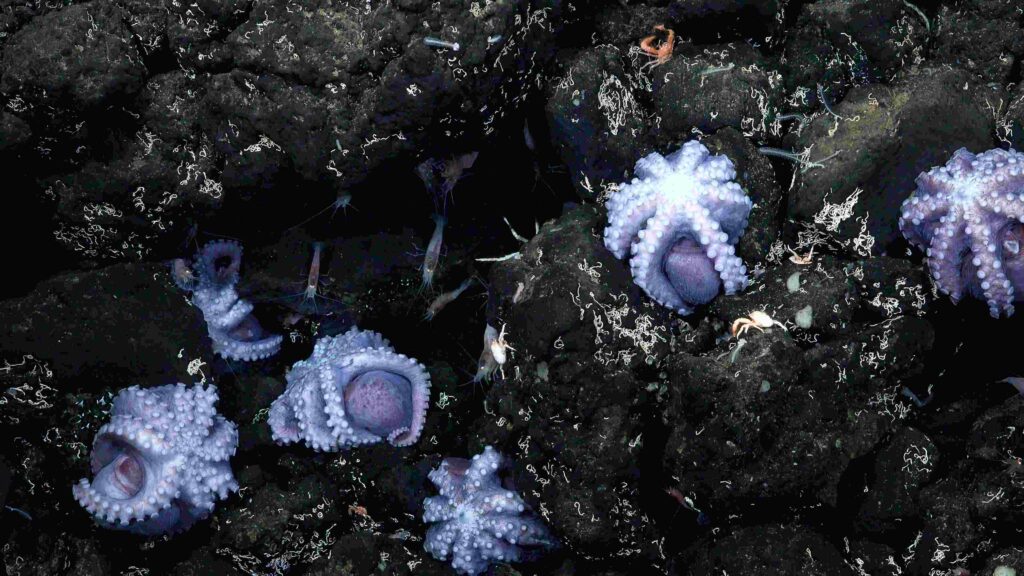
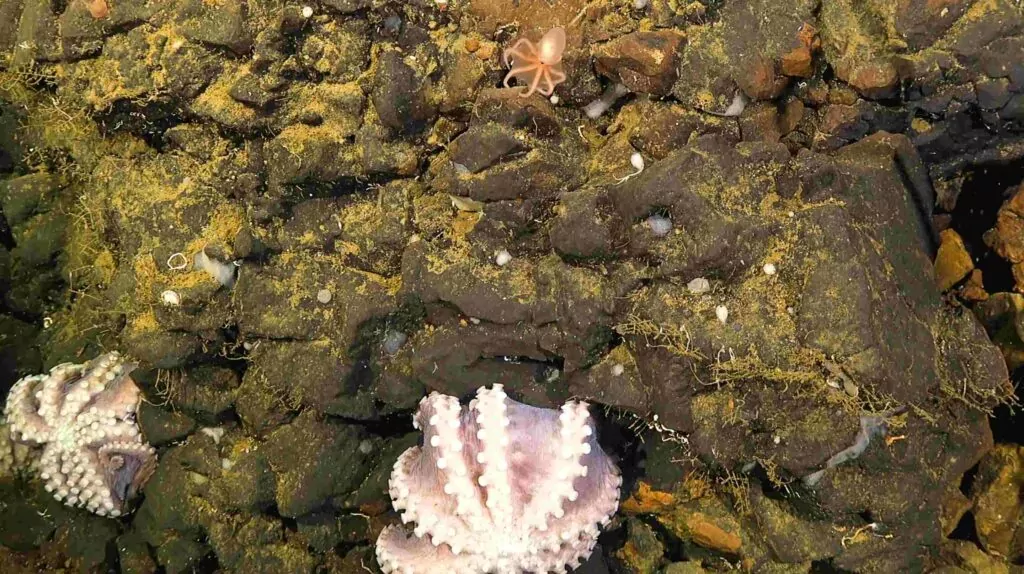
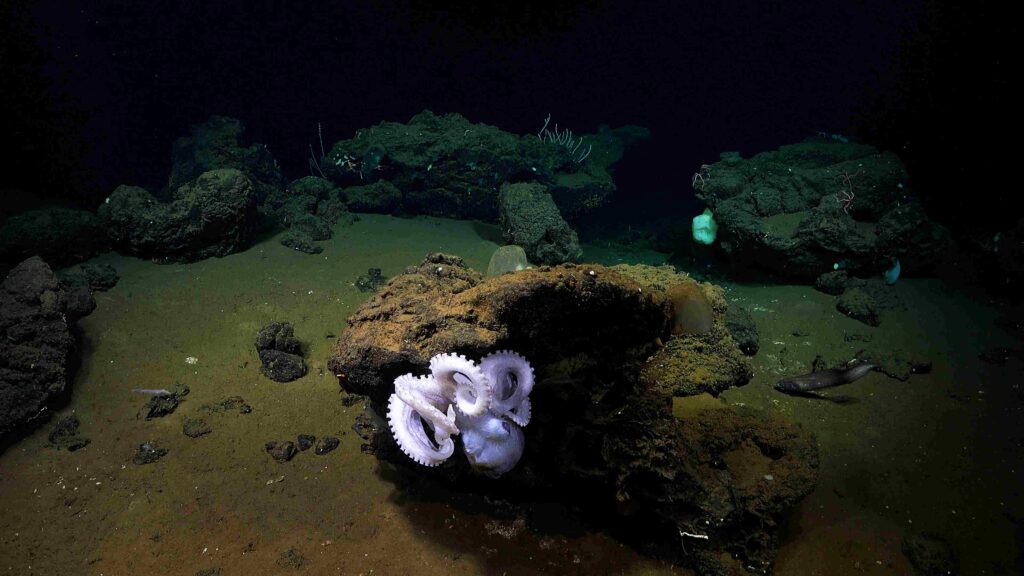
The 19-day Octopus Odyssey expedition was led by Dr Beth Orcutt of the US-based Bigelow Laboratory for Ocean Sciences and Dr Jorge Cortes of the University of Costa Rica. Their teams were using Schmidt Ocean Institute’s research vessel Falkor and its 4.5km-rated ROV SuBastian.
As well as the new site the scientists visited the Dorado Outcrop, discovered 10 years ago and the first location to reveal female octopuses gathering to brood their eggs. No developing embryos had been spotted in 2013, however, which had led some scientists to argue that the conditions around deep hydrothermal vents were too inhospitable to support octopus development.
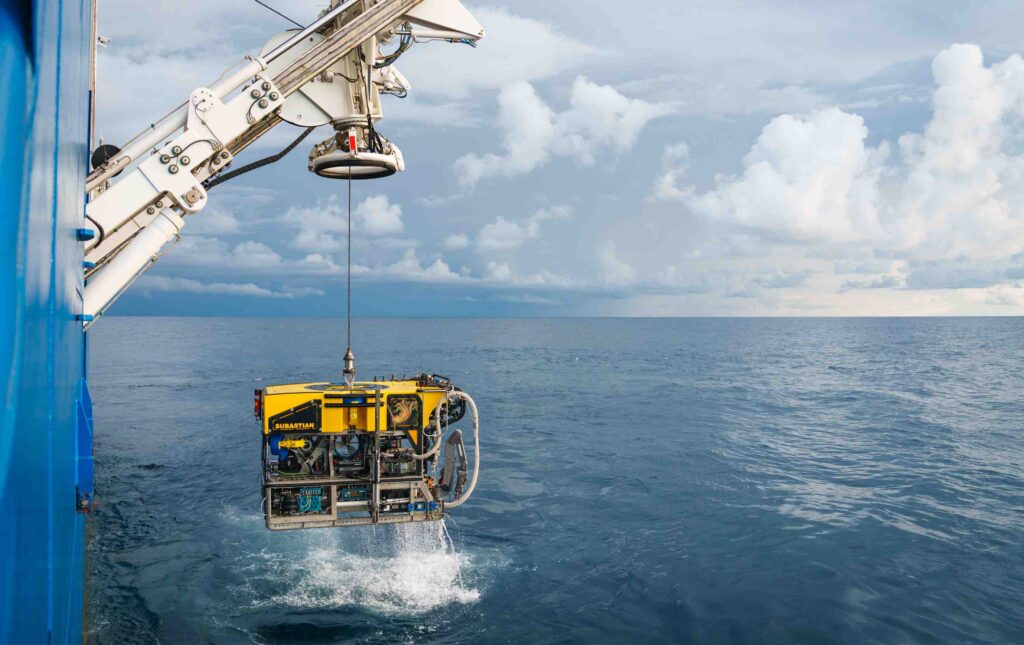
This year the scientists witnessed Muusoctopus babies in the act of hatching, proving that the Dorado Outcrop site is an active nursery and reinforcing the idea that certain deep-sea octopus species can use low-temperature hydrothermal vents to brood their eggs successfully.
“The deep sea off Costa Rica rides the edge of human imagination, with spectacular footage collected by ROV SuBastian of tripodfish, octopus hatchlings and coral gardens,” commented Schmidt Ocean Institute executive director Dr Jyotika Virmani.
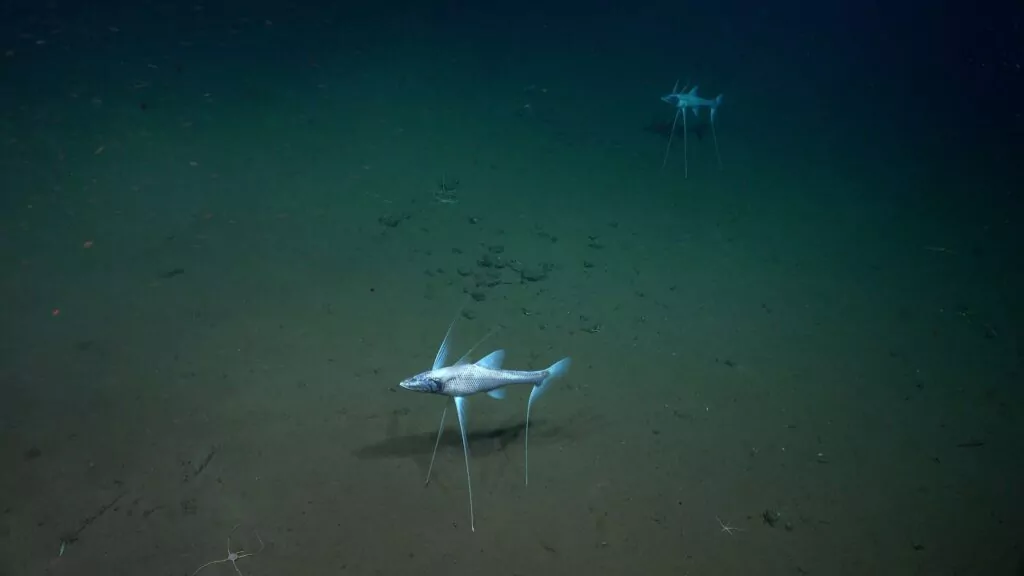
Five never-before-seen seamounts in the north-western corner of Costa Rica’s waters were explored during the expedition and found to be spectacularly biodiverse, with what the team suspected to be many new species among the hundreds of animals observed.
The seamounts, including the Dorado Outcrop, are currently not protected from human activities such as fishing or mining. Half of the scientists were from Costa Rica and some are now examining whether the sites should be designated Marine Protected Areas.
“The information, samples and images are important to Costa Rica to show its richness and will be used for scientific studies and outreach to raise awareness of what we have and why we should protect it,” said Dr Cortes.
The dives were made publicly available in real time through the Schmidt Ocean Institute livestream. The institute, which was established in 2009, provides its ship and ROV free to the scientific community and plans to continue research around Central America throughout 2023 as part of a larger 10-year expedition plan.
Also on Divernet: Ocean Census targets 100k unknown marine species, Snailfish breaks record for world's deepest fish, Aliens? Crabs? Bizarre deep-sea holes baffle scientists!, Rare underwater sightings in Pacific

